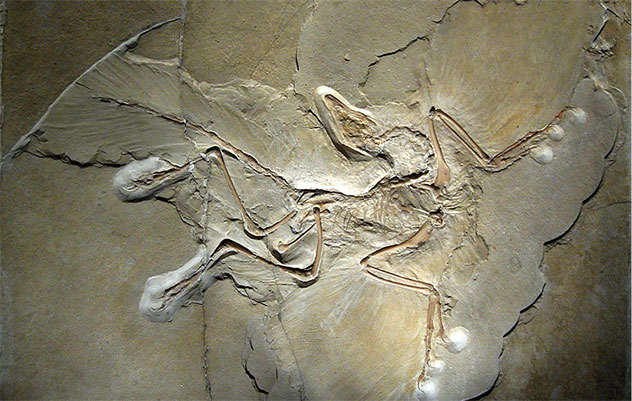Located in the Ardèche, the site of La Boissine is known for well preserved soft parts of fossils. It is one of the 50th most important paleontologic sites in the world.
During the 19th century, Napoleon Bonaparte mandated Faujas-de-Saint-Fond, a geologist, to find iron to arm his men. The discovery of an iron deposit in La Voulte started its exploitation.
At the dawn of the 20th century, Smelters closed. They did not master the steel fabrication. The city keeps many traces of this history with the presence of blast furnaces where was transported the iron of the mine by a network of tunnels.
Forgotten, the site became a farm. In the 1970s, a passionate man, Bernard Riou, had worked for several years. In 1982, he found one of his most beautiful discoveries, an octopus of 165 million years.
Proteroctopus ribeti, the octopus of La Voulte,is named by the palaeontologist in honor of the owner of the site: Edmond Ribet.
Protected since 2006, the site belongs to the Department of L’Ardèche.
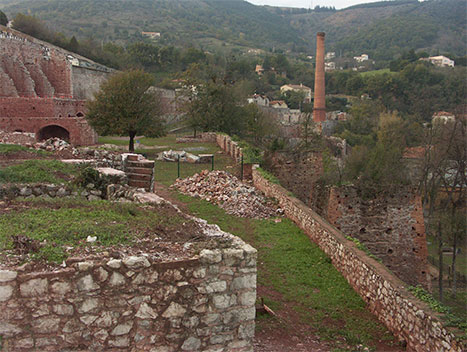


An rare fossilisation process
165 M.y. ago, volcanic gazes poisonned and buried this place. The oxygen lake bloqued the decomposition process. Thanks to bacterias, soft parts mineralized.
Soft parts mineralization
During the classical fossilization, the soft parts decompose and the sediments harden around hard parts. Sometimes, chemical exchanges mineralized hard elements.
In this site, the position of asphyxiation of some fishes and the number of brittlestars on the same layer give us to think that the environment was poisoned.
Fault gases had periodically poisoned the place. The proliferation of seaweeds and their putrefaction consumed oxygen. The soft parts, in the absence of decomposition, were then mineralized by the action of bacteria.
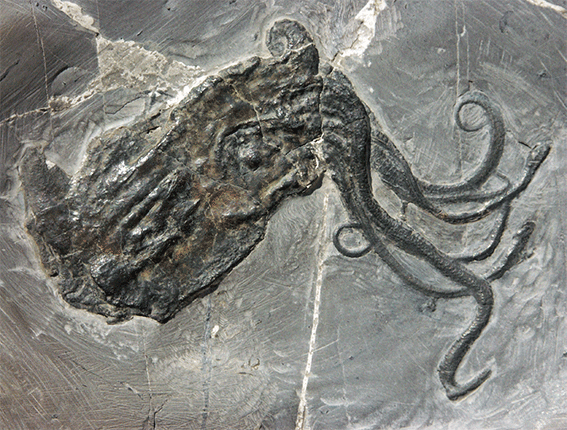
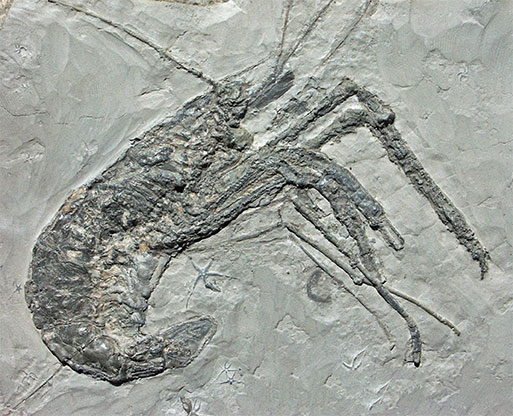
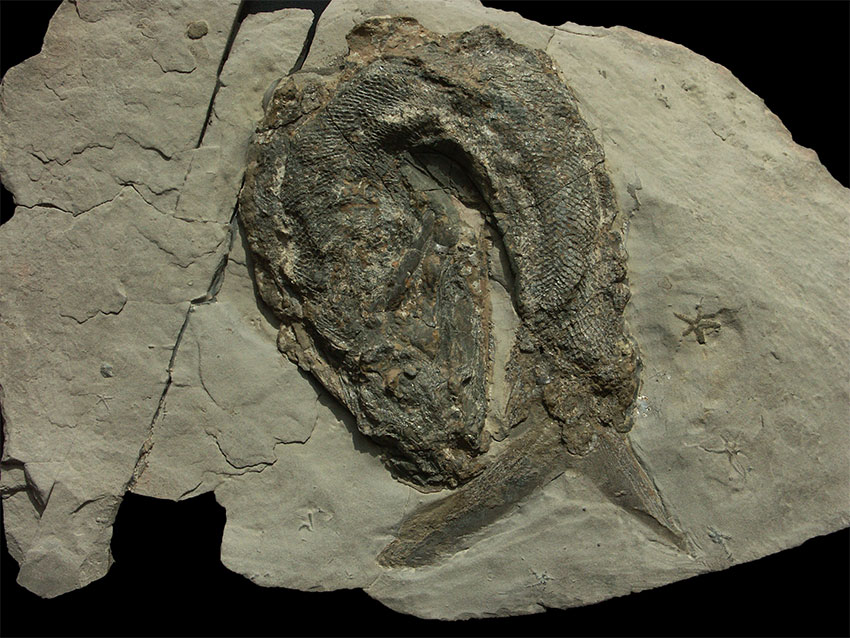
The ammonites dating fossils
Ammonites are animals with tentacles, cousins of nautilus. Many species of ammonites have lived in the mesozoïc oceans.
Some disapeared species allow to date stones formation. Such as ammonites, these dating fossils colonized environments and evolved quickly.
The site datation
The age of the deposit (165 M.y ) was determined by relative dating, thanks to the presence of a characteristic ammonite of the early Callovian.
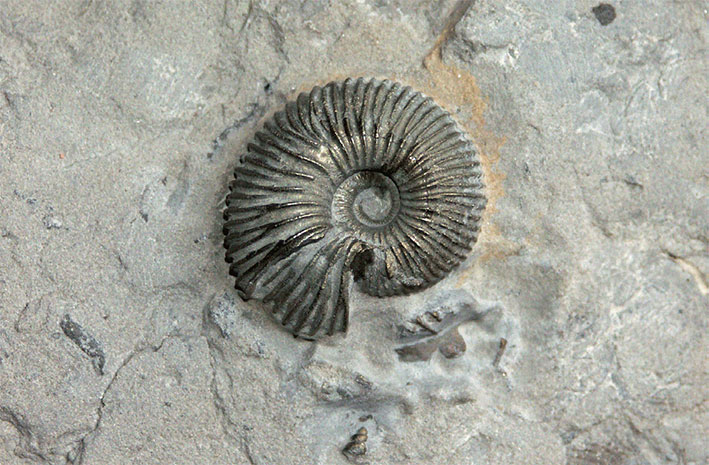
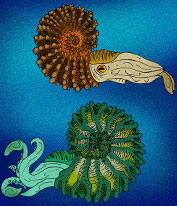
Coelacanths
The coelacanths appeared in the Devonian. Some species still exist. These fishes are not ray-finned (Sarcopterygii).
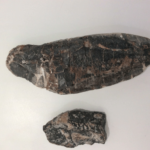
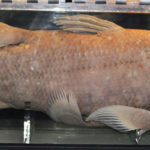
Belemnites
Belemnites are cephalopods, cousins of squids. Their internal skeletons are called rostrums.
Belemnites extincted 65 million years ago.
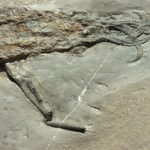
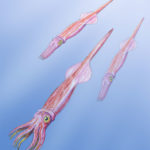
Tylacocephales
Tylacocephales are recorded from the Cambrian to the Cretaceous. Theirlifestyle and phylogeny with crustaceans are poorly known Giant fossil forms have been found in the Ardèche.
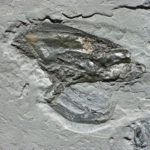

A site to compare with :
Solnhofen fossil site
The north-east of Bavaria lithographic limestones of Solnhofen contains an important diversity. These jurassic fossils were trapped in a lagoon by major storms then evaporations. Archeopteryx is a feathered dinosaur discovered there.
